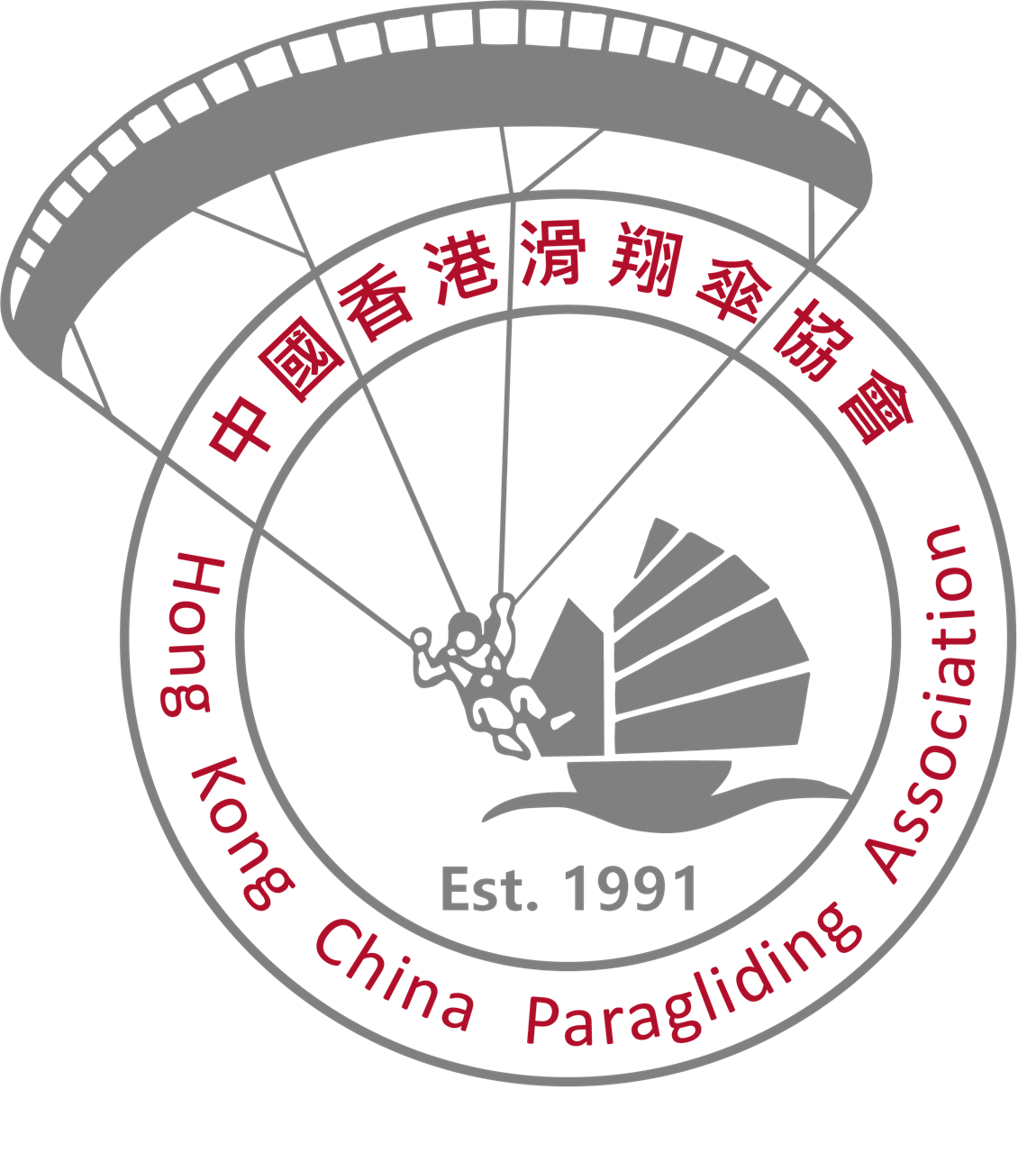Helmet
頭盔
Helmets are minimum equipment specified in the HKPA Operations Manual. In light of recent accidents, the following guidance is offered. This guidance does not replace your helmet manufacturer’s advice, which should be considered authoritative.
For a helmet to protect you in the event of an accident it is critical that-
● The helmet is correctly fitting and securely fastened
● The helmet is not damaged, worn, or beyond its recommended service life
● The helmet is certified to standards accepted by the FAI for paragliding
Helmet age and condition
Manufacturers’ recommendations on helmet lifespan vary, but typically range between 3 years for heavy use, to 5 years for regular use, or potentially slightly longer if the helmet remains mostly unused.
In addition, periodically check your helmet for the following:
● Any deformation, cracking, or separation of the outer shell
● Any compression or cracking of the polystyrene shock absorbing layer (some, but not all helmets have removable padding that allows visual inspection of the inner polystyrene)
● Damaged straps or fasteners
In the event of an impact where a helmet has protected your head from injury, it should be replaced, unless the manufacturer has certified it as “multi-impact” capable and does not have signs of damage. Manufacturer’s specific guidance must be followed in this circumstance.
Standards certification
EN966 is a standard developed for airsports use, including paragliding. It contains strict requirements for
● Impact resistance against blunt and pointed objects
● Security of the retention strap
● Non-obstruction of vision
● Absence of line-entanglement hazards
In addition to EN966, the FAI accepts use of EN1077 A & B, ASTM2040 or SNELL rs98 (snow sports) helmets to encourage a broader choice of models and sizes at lower costs, and make more available the protection by helmets fitted well and securely, and replaced regularly. The HKPA operations manual mirrors the FAI requirement, that helmets of compliant standards must be worn.
Different standards have different certification tests, and pilots are advised to only use helmets that conform to the recommended standards. Helmets outside the recommended standards may not offer sufficient protection during an accident. An in-depth overview of the features of both accepted and non-accepted standards has been published as a tech note at this link.
